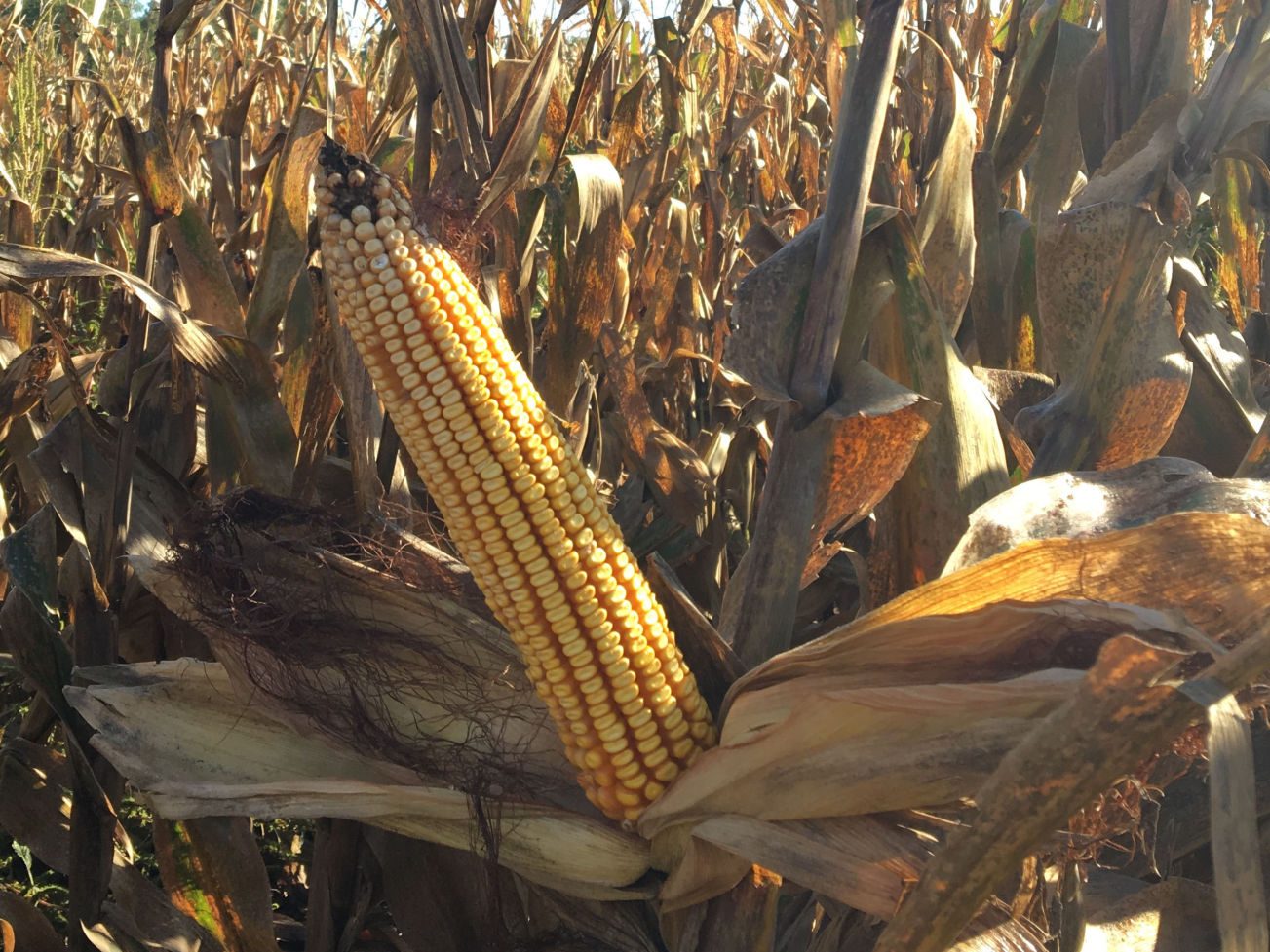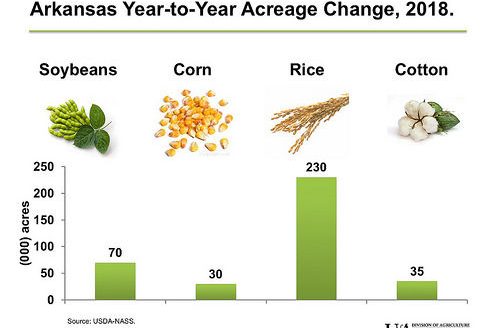Corn basis is sinking along with the levels of the Mississippi River as drought grips the upper reaches of the river and many of its tributaries.
At Memphis, Tennessee, on Wednesday, the river was at minus 4.1 feet and was expected to drop to minus 5 feet by Sept. 10. The 8-14-day outlook from the Climate Prediction Center weren’t encouraging either, with most of the Mississippi basin leaning toward below-normal rainfall.
The scenario conjures up images of the 2022 harvest when the Mississippi dropped to record lows, bringing barge traffic to a halt.
Below zero
“I don’t know if we’re going to see what we saw last year, but the river is lower than we were this time last year,” said Hunter Biram, extension agricultural economist for the University of Arkansas System Division of Agriculture. “The river is at negative 4 feet this year, where it was a zero this time last year.”
“It is low enough to where barge freight rates are going up and that’s going be the key indicator to help us determine where basis is going to be,” Biram said.
“Basis” is the difference between a local cash price and the futures market price.
“According to the Agricultural Marketing Service, where they measure the barge freight rate at Memphis, it’s showing to be 40% higher than the three-year average and it’s actually already 10% higher than where it was last year,” he said.
Biram said that the barge freight rate is one of two major costs a grain buyer will have to incur, the other being the price the buyer pays for grain from the farmer.
The trouble with corn
Corn is the first key commodity to head to the elevators during harvest. At about 25% harvested, corn was well ahead of other Arkansas crops as of Aug. 26, according to the National Agricultural Statistics Service. Rice was at 4% and harvest had not begun for other crops.
That means corn prices are the first to feel the impacts of the low river and barge freight rates.
“Grain buyers may not be able to control the barge freight rate, but they are able to better control the price they pay for grain,” he said. “And that’s where the weak basis stems from. I have already heard reports that there has been some very weak basis being offered on corn right now.”
Basis for corn set to be delivered in September to elevators at Osceola and Helena is 32 and 20 cents under the nearby September corn futures contract, respectively. This is a much weaker basis compared to the five-year average basis of around 4 cents over at these locations, implying basis is nearly 40 cents weaker than normal, Biram said.
“Corn has been hit hard on both futures and local cash prices. We have seen futures prices fall from a February average of $5.94 per bushel in the spring to $4.97 per bushel at close on Aug. 28,” he said.
“The increase in barge freight rates is already showing up in relatively weak basis across east Arkansas with some basis being reported as low as 50 cents under the nearby September futures contract for corn,” Biram said. “Basis at grain elevators along the Mississippi River in places such as Helena, Osceola and West Memphis have reported a monthly average of nearly 40 cents under for the month of August.
There are some changes in soybean prices—30 cents to 35 cents under, he said, adding those changes are normal for this time of year. With soybeans not yet ready for harvest, Biram said, “we still have some time for rain to hit, but the 10-day forecast isn’t very reassuring.”
Marketing self-defense
If the Mississippi River keeps declining, Biram said “The best solution is to store grain and sell in the winter once the seasonal supply glut passes.”
If storage is not an option, Biram suggests three strategies farmers should consider using to protect themselves.
- Book basis—“There is a small chance we have a redo of 2022 with basis as weak as 125 cents under. Farmers can lock in basis by booking where basis currently sits at their local elevator. Once basis is locked in, a cash price to pair with the basis must be chosen prior to delivery. With 30 cents under basis, it might not be a bad idea to book basis now,” Biram said.
- Forward pricing—“You can engage in forward pricing to lock in the cash price currently being offered at a nearby elevator. So, you call ahead and say, ‘Hey, I want to book whatever today’s cash price is, and I’m going to deliver my grain at that price next month,” he said.
- Hedge to Arrive, or HTA—“In this less common approach, a farmer can initially choose to book a futures price, then choose a basis to pair with it closer to delivery. Both the futures price and basis must be locked in prior to delivery.”



